The future of the British designed and built e-Go aircraft is in the balance after the Cambridge company behind the single-seater ran out of cash. The company is actively looking for an investor to buy it and secure the aircraft’s future. The workforce has been laid off this week.
“We’ve been looking at the cash runway for some time,” e-Go chairman Terry Holloway told FLYER. “We knew the cash would run out by the end of this year. We had a third funding round on 22 June but the response from existing investors has raised less than 1/6th of the £3/4m we need.
“We would have run out of cash by October if we hadn’t done something drastic. The only solution was to lay off people,” continued Mr Holloway. “We’re working hard to find a rescue package, ideally one major investor to purchase the business.
“We will shut the doors on 22 September and we have enough cash to keep the company going on a non-trading basis until January [2017]. We will keep it intact while we look for a long term investment. If we find an investor, we can keep people on.”
The search for an investor will be intense and public for the next few weeks. e-Go plans to be at the Little Gransden Air & Car Show this weekend, WWI airfield Stow Maries after that, the LAA Rally at Sywell, then have two aircraft flying at the White Waltham Members Day on 3 September.
“This very smart team has built an extraordinary aeroplane,” said Mr Holloway. “We have 2,500 ‘expressions of interest’ from around the world but people have been holding back on orders, probably because they knew we were looking for investment.”
Mr Holloway confirmed that e-Go also has plans for a multi-seat aircraft which could be a two, three or even a five seater.
“It’s terribly sad. Our main aim is to keep this fabulous aeroplane in the air.”
e-Go aeroplanes


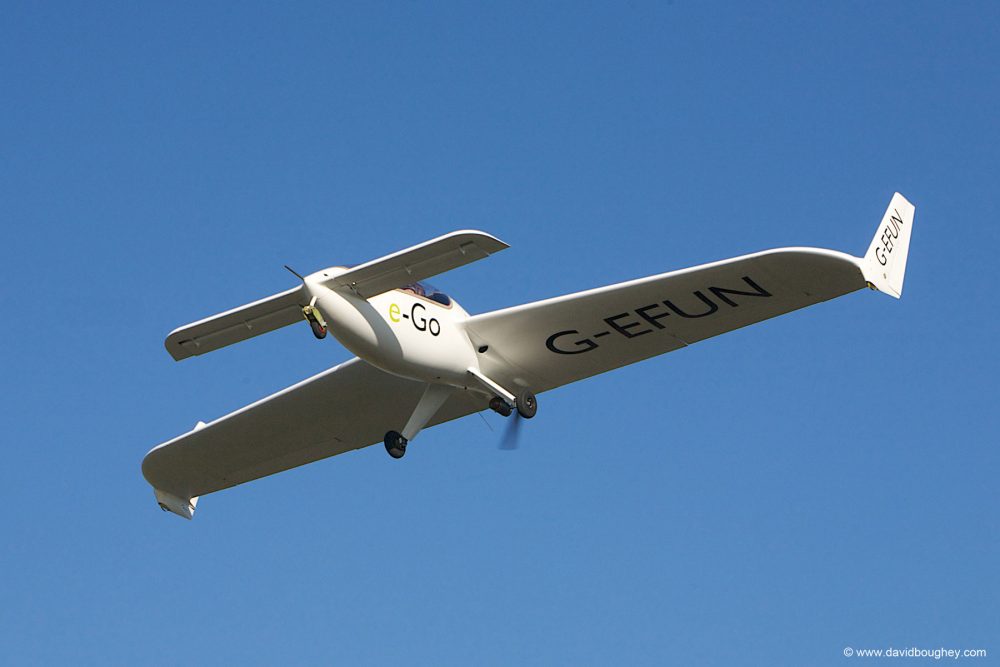





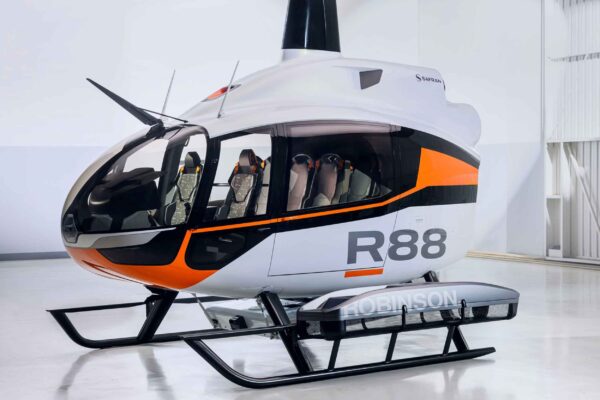
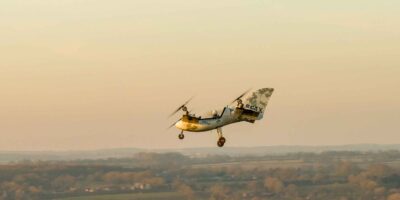
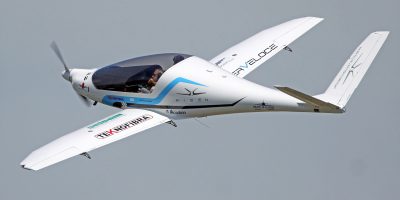
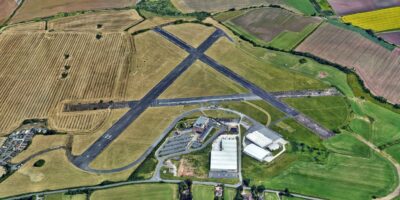
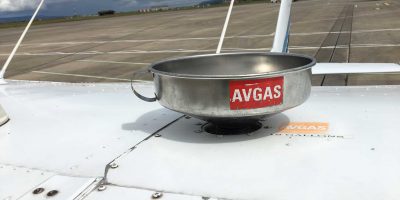
5 comments
Unfortunately it was never a”goer” at Porsche money for a single seater. That plank wing was a bit of a turnoff too. It could have done with some sweep a la Varieze.
Try crowd funding. Open it up to the world of enthusiasts as well as high net worth individuals to have a stake – lateral thinking needed.
Price is the main issue. My perception is that there is a general resistance to paying more than £10K for a single seater in the used aircraft market and I suspect that that might only rise to around £15K in the new aircraft market. The company would need to operate with very low costs to hit an acceptable price point, something that thus far I suspect that it has failed to do. It would only be following large market success that cost of sale might be allowed to rise for further development and on that score they have not yet made first base. The aircraft came out of an LAA design competition for an SSDR and has ended up somewhat far from its roots. However now that the development costs have effectively been written off it might yet re-emerge if built in a low cost environment like the far East.
Hm, I don’t believe he could reduce production costs enough – every composite plane with too much carbon structure percentage, or any other pricey materials, built in western EU will be too pricey.
Next problem is, that canard concept could be problematic to fly for amateur recreational pilots. It flys nicely, so maybe e-go isn’t that kind of plane, so main issue is price, cause history shows few canard UL planes, that are builtable for much less money and seem safe too.
I was thrilled at the RAES talk to find that we had a team in the in UK that had the same skill and drive as Scaled Composites. From the talk there were some technical challenges that were well on the way to being sorted, and the test pilots were dedicated and knowledgeable about the subject. This should have been a success: syndicate of 4 people buying a proper aircraft with serious potential – not to mention potential for flight training in 2 seat version. I hope that the CAD, FEA, and CFD models were parked in such a way that we haven’t seen the last of E-Go. I also genuinely hope that this resurfaces in UK somehow.